| National Tribal Research Institute , New Delhi as an apex Institute which give more impetus to this decision making by providing inputs for realistic policy formulation for tribals, on the basis of ground level research.
Jan Jatiya Gaurav Diwas: 15th November
|
|---|
For more about the PM-JANMAN Mission Click Here
News Source: PIB
| Humanitarian Pause in Gaza: How it is not the same as a ceasefire
Humanitarian Pause: The United Nations defines a “humanitarian pause” as a “temporary cessation of hostilities purely for humanitarian purposes”.
Ceasefire: The UN defines it as a “suspension of fighting agreed upon by the parties to a conflict, typically as part of a political process”, with the goal being to “allow parties to engage in dialogue, including the possibility of reaching a permanent political settlement”. |
|---|
Oslo Accords:
|
|---|
More Information: Israel- Palestine Conflict
Source: The Hindu
National Mission for Clean Ganga(NMCG):
Center for Ganga River Basin Management and Studies (cGanga):
|
|---|
News Source: PIB
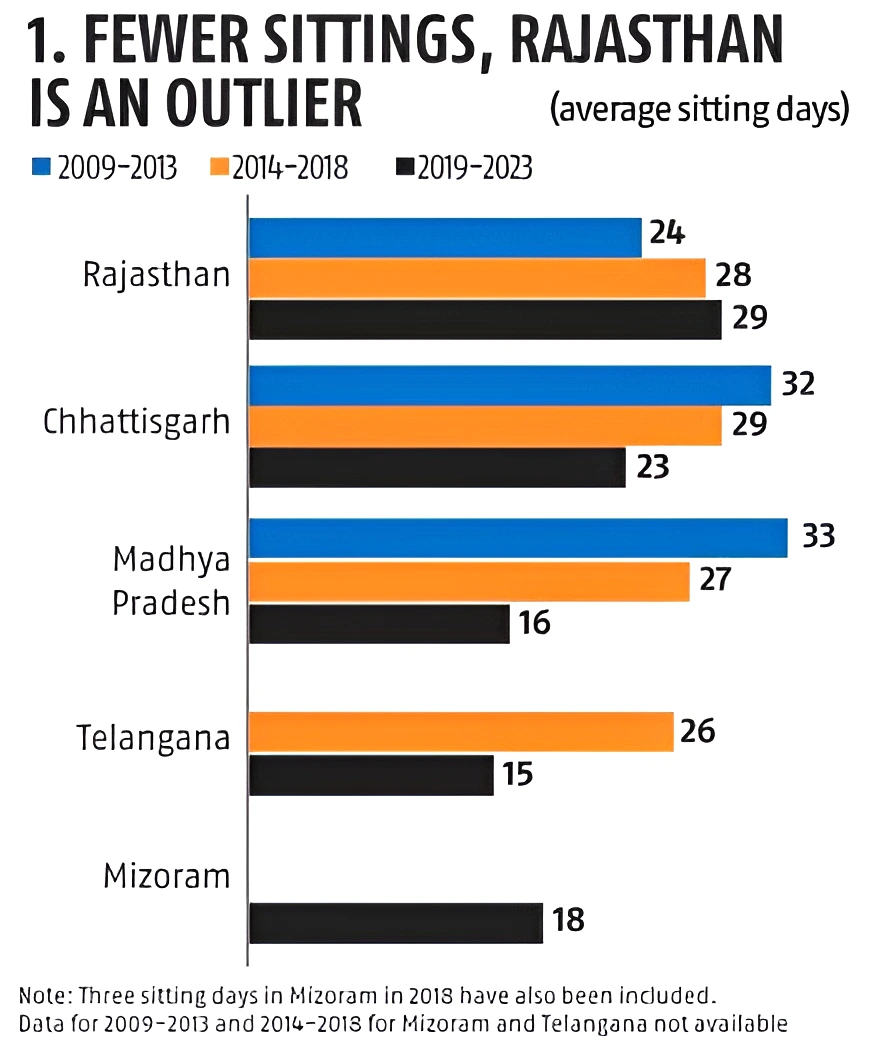
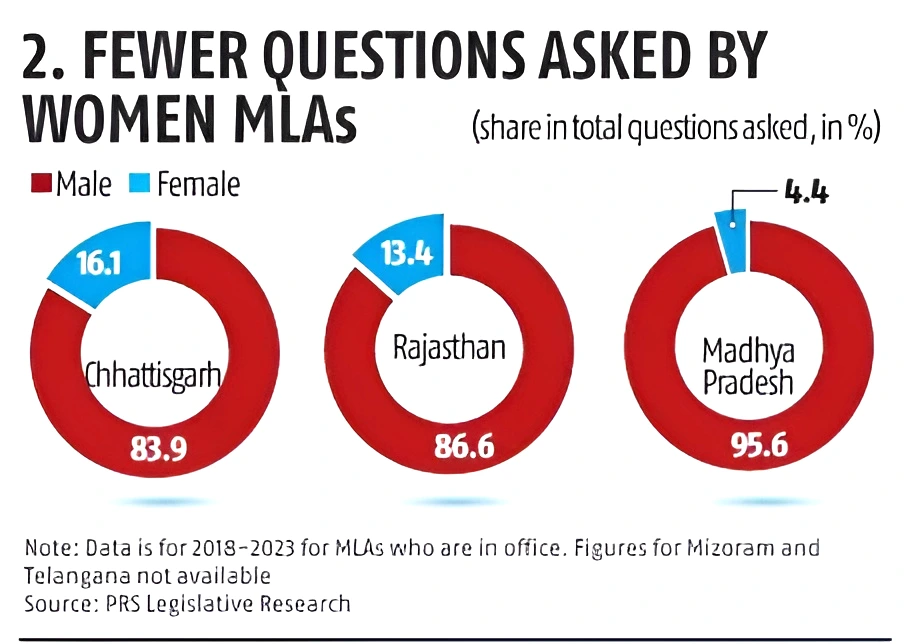
Source: Business Standards
New Development Bank (NDB):
BRICS Contingent Reserve Arrangement (CRA):
|
|---|
Source: Indian Express
European Academies’ Science Advisory Council:
|
|---|
About International Energy Agency (IEA):
|
|---|
Global Methane Pledge (GMP):
Oil and GAS Climate Initiative (OGCI):
|
|---|
Source: The Hindu
The ruling was based on two major issues.
| Principle of Non-Refoulment:
Under international human rights law, the principle of non-refoulement guarantees that no one should be returned to a country where they would face torture, cruel, inhuman or degrading treatment or punishment, and other irreparable harm. Refoulment: The forcible return of refugees or asylum seekers to a country where they are liable to be subjected to persecution. |
|---|
Source: The Hindu
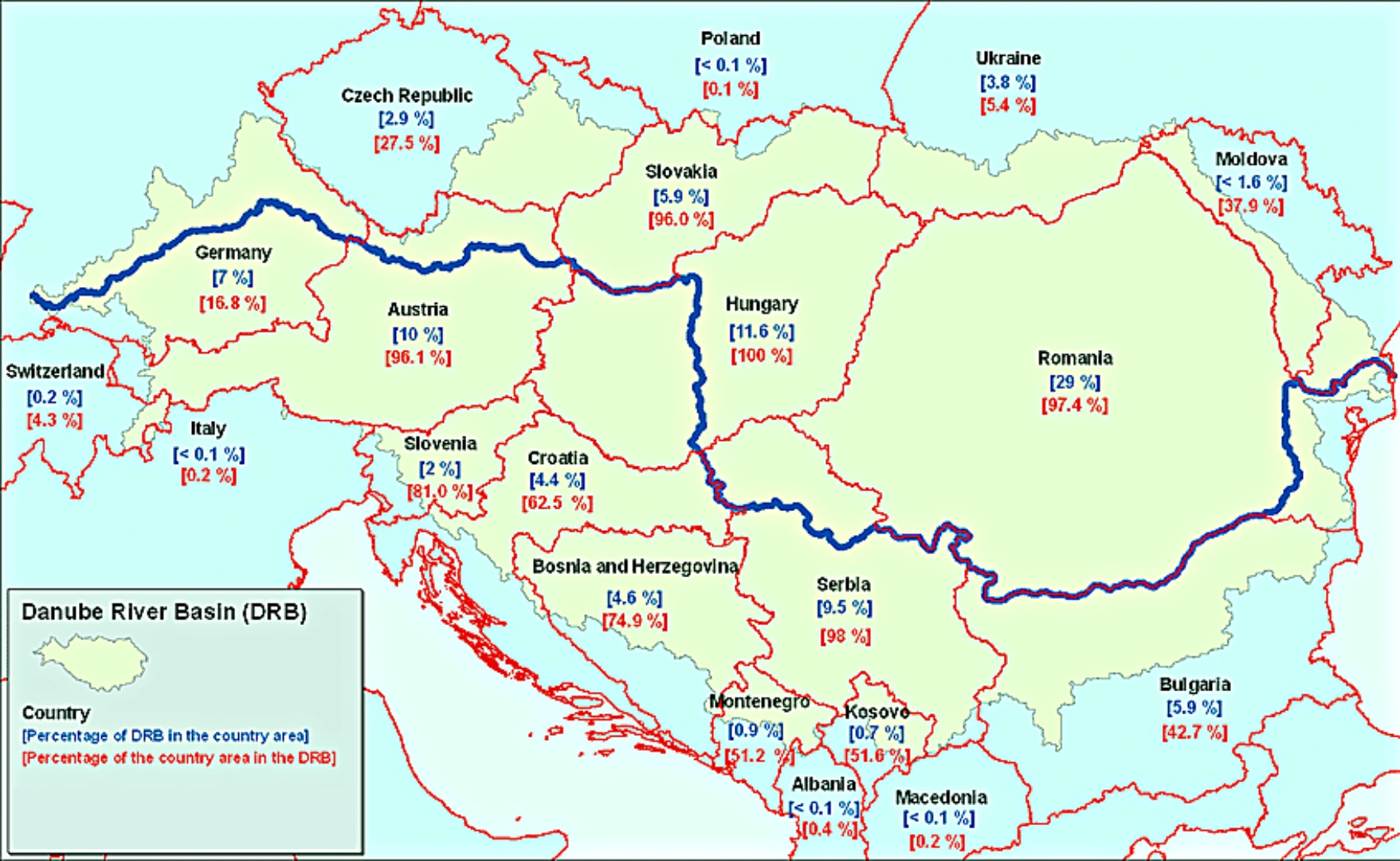
Malaria:
|
|---|
About El Nino:
Formation:
Impacts:
|
|---|
Source: Down To Earth
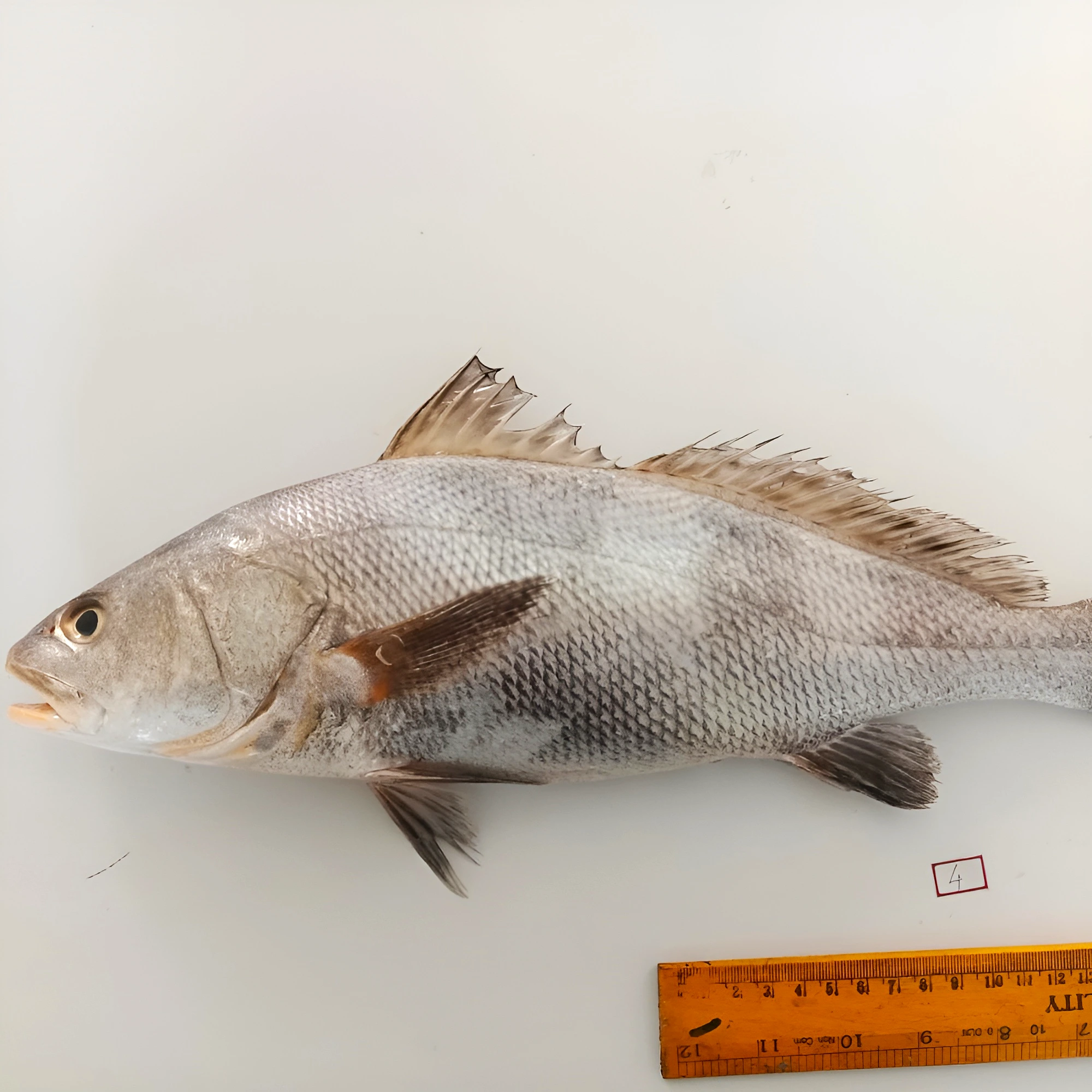
News Source: The Indian Express
About NCF:
Highlights of the NCF:
|
|---|
National Council of Educational Research and Training (NCERT):
National Board of Accreditation (NBA): It is an autonomous body with the objective of assurance of quality and relevance of technical education through accreditation of programs.
University Grants Commission (UGC): It is a statutory Organization under the UGC Act 1956 for the coordination, determination, and maintenance of standards of teaching, examination, and research in university education. |
|---|
The transformation of the Indian education system requires a comprehensive shift from rote learning to real learning, emphasizing conceptual understanding, reducing exam stress, and fostering a culture of innovation.
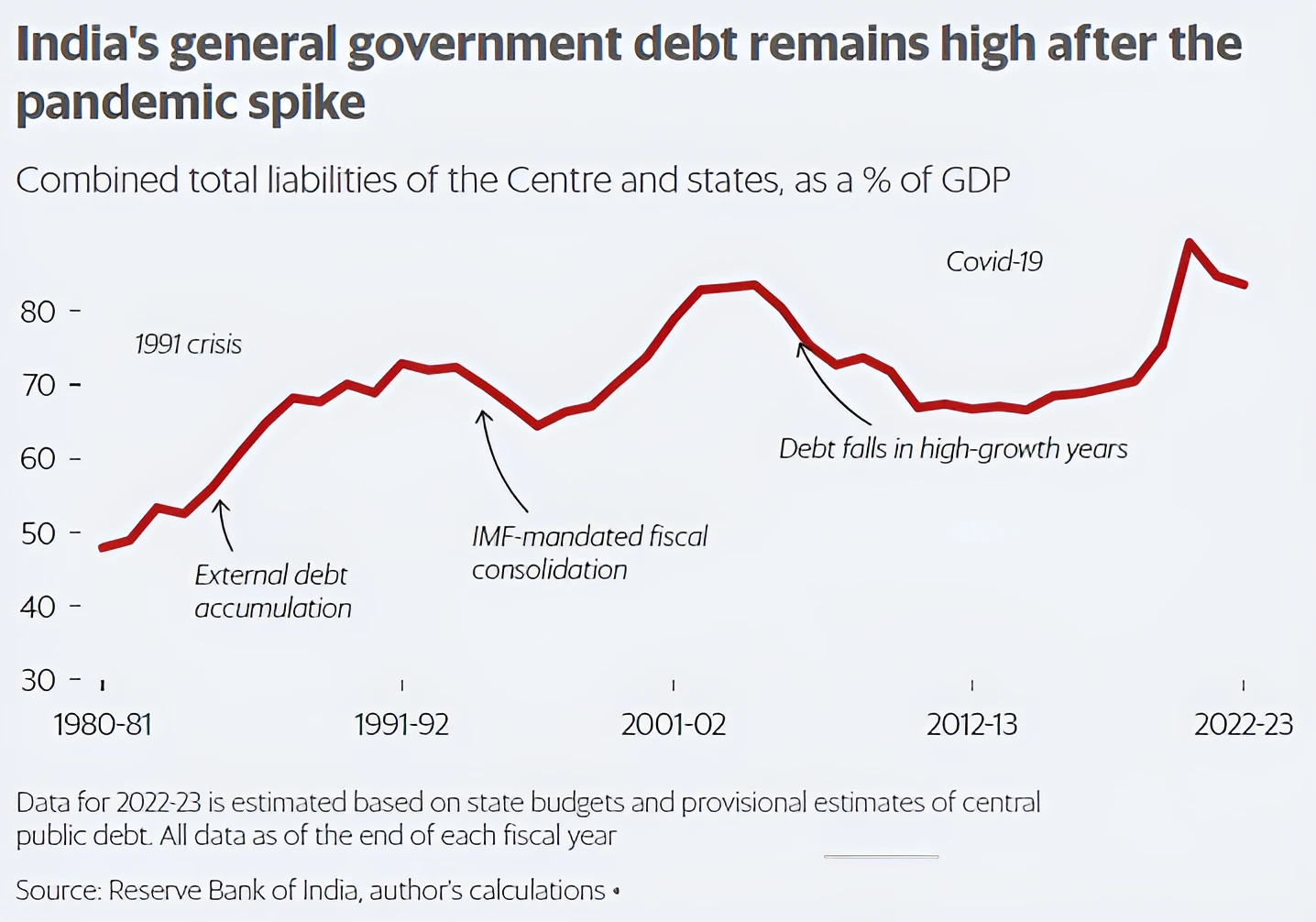
Also Read: Government Preparing to Release Vision India 2047 Document
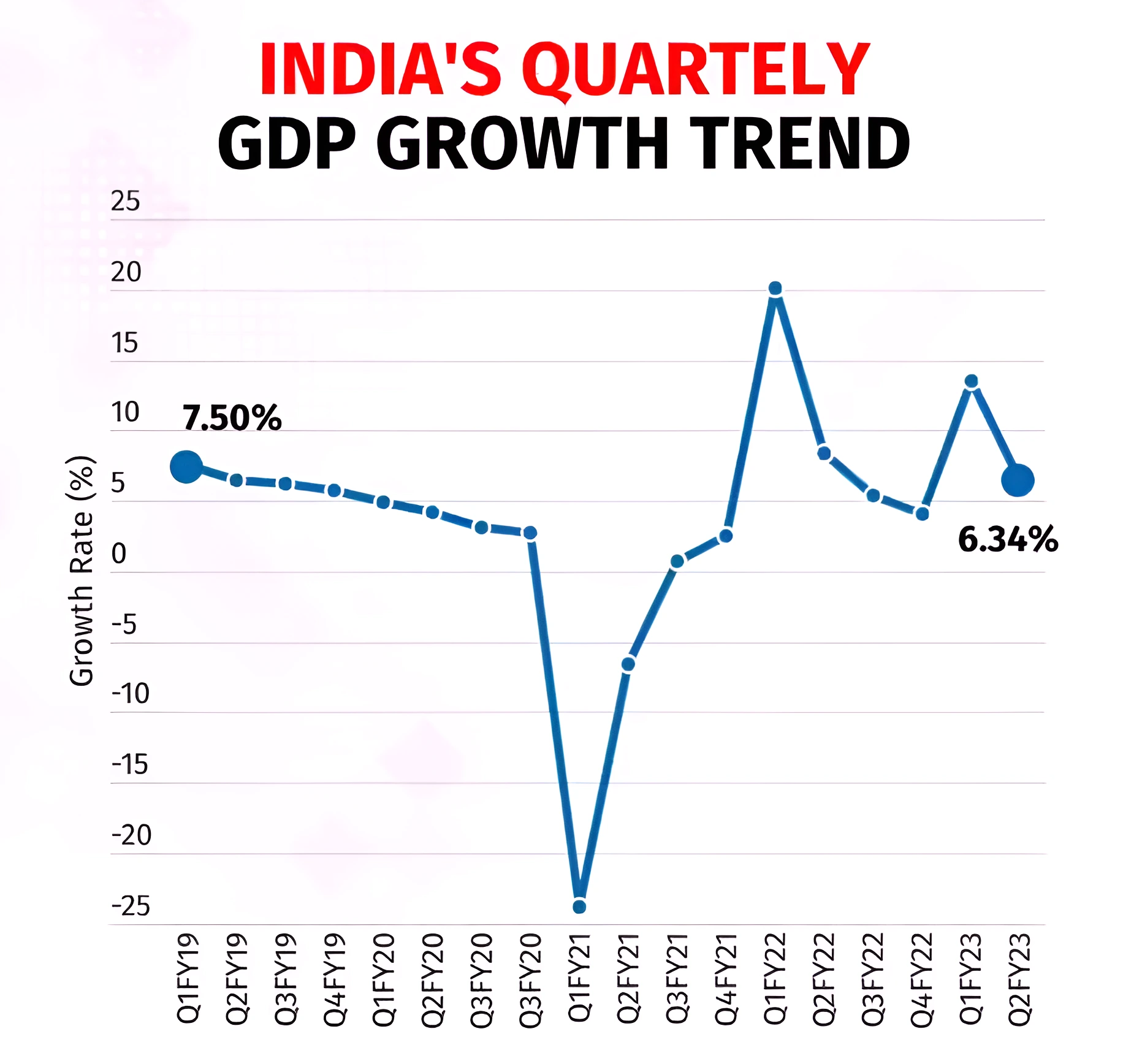
About Fiscal Deficit:
|
|---|
Despite this resilience, it’s essential to note that challenges exist, and the impact of domestic policies and external factors can influence the economic scenario.
While India’s economy has demonstrated resilience through prudent fiscal management and strategic reforms, addressing challenges such as high fiscal deficit, interest payments, and external uncertainties remains crucial for sustained economic growth and stability.
| Mains Question: What is the FRBM Act? What provisions does it contain regarding fiscal consolidation? (250 words, 15 Marks) |
|---|
SC Verdict on Newsclick Shows Adherence to Due Pro...
Stay Invested: On Chabahar and India-Iran Relation...
Credit Rating Agencies, Impact on India’s De...
Catapulting Indian Biopharma Industry
Globalisation Under Threat, US Import Tariffs Have...
Global Report on Hypertension, Global Insights and...
<div class="new-fform">
</div>
